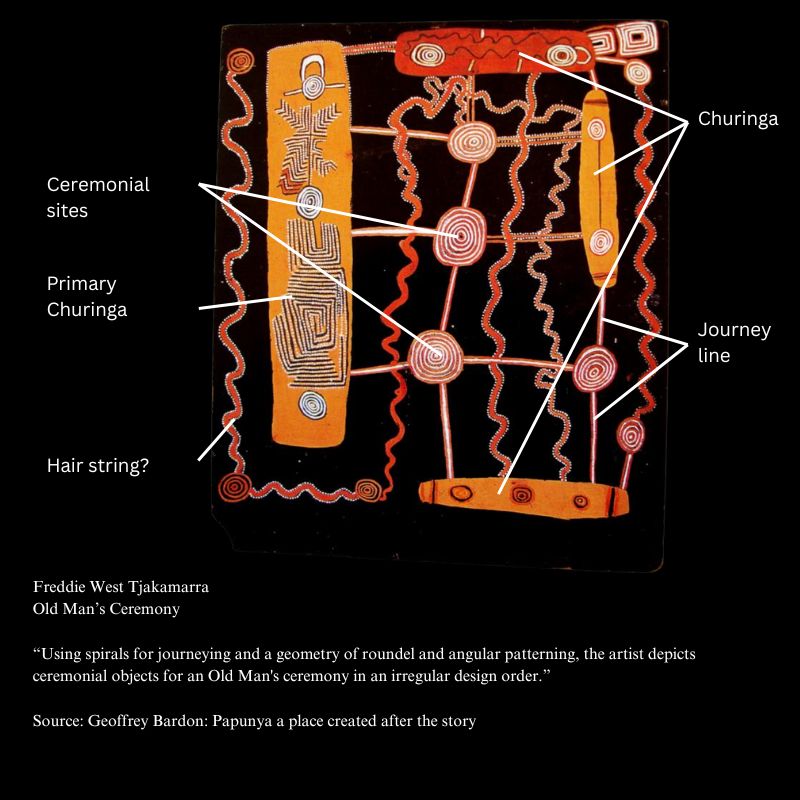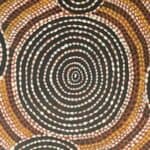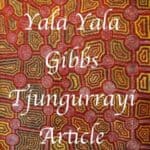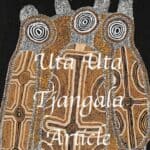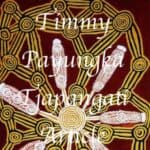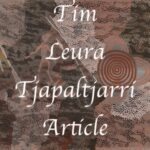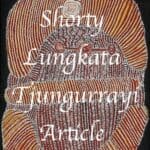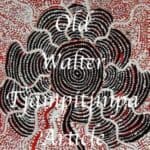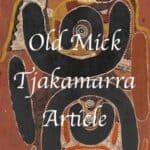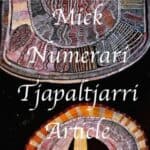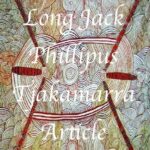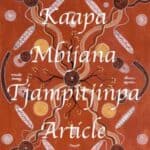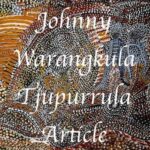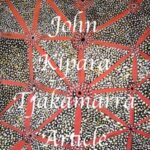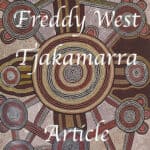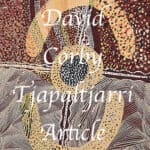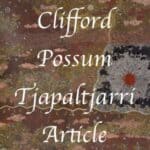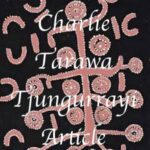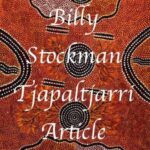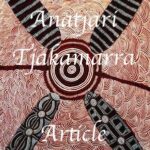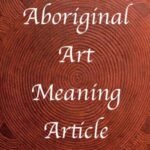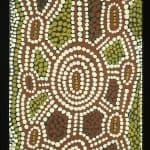Freddy West Tjakamarra
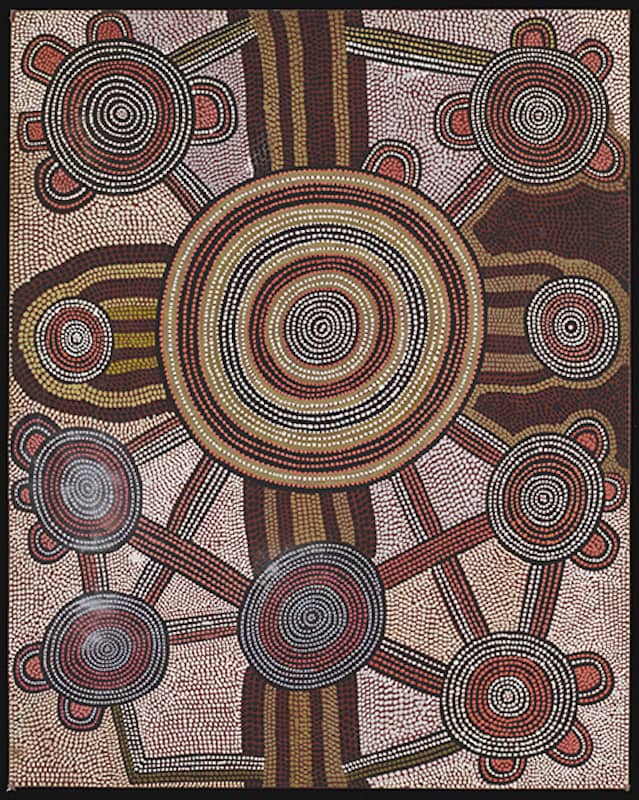
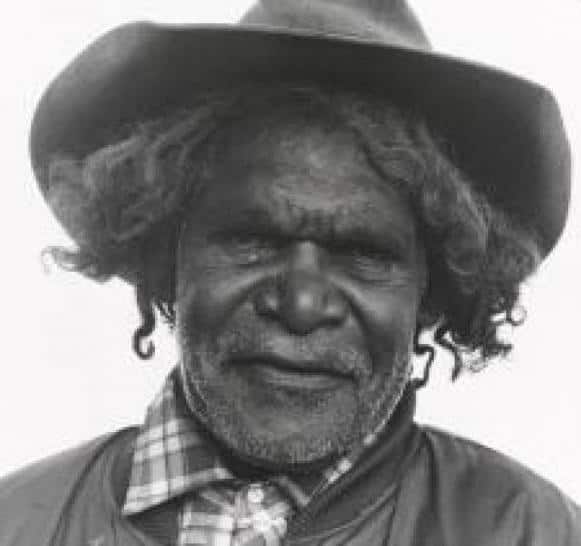
Early paintings
In 1971 Geoff Bardon became a local school teacher at Papunya primary. He tried to encourage local children to paint in their own traditional style. When he learned only older men could paint these stories he started a men’s painting group.
Freddy West Tjakamarra was an early member of Geoffrey Bardon’s men’s painting group. In 1972 Freddy along with other artists like John Kipara Tjakamarra Yala Yala Gibbs and Long Jack became founding members and initial shareholders of Papunya Tula. Papunya Tula was a company owned by aboriginals to assist with the sale of Aboriginal dot art.
Papunya was a hectic place with many clans and west did not stay in the main settlement for long. Instead, he moved and painted at a place called Yayayi. Yayayi was a small outstation 40 kilometers from Papunya. Several other artists were also based at Yayavi including John Tjakamarra and Yala Yala Gibbs. Peter Fannin would drive out to Yayayi to deliver painting supplies and pick up pieces of art for sale.
Yayayi artists would often work together on joint artworks. They would sit on all sides of a canvass completing sections. Freddy also painted on shields.
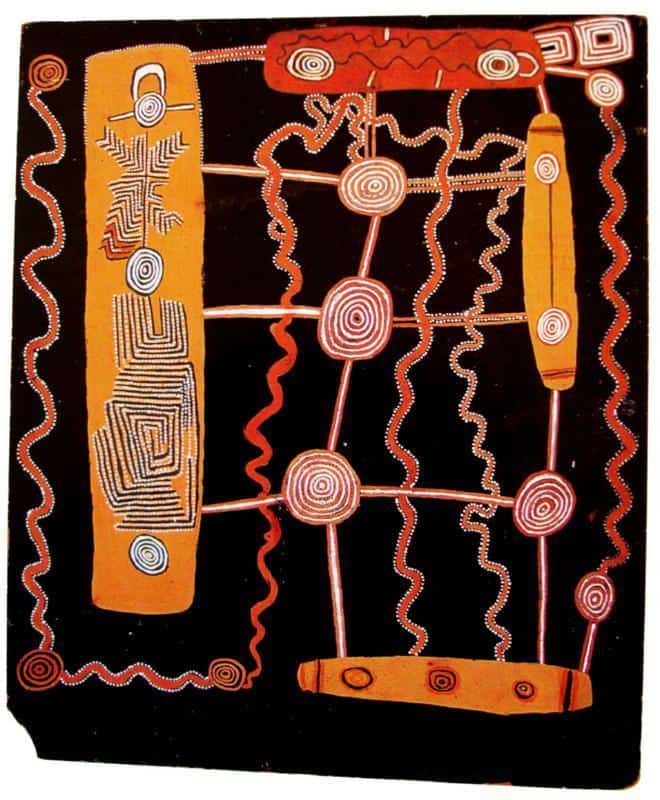
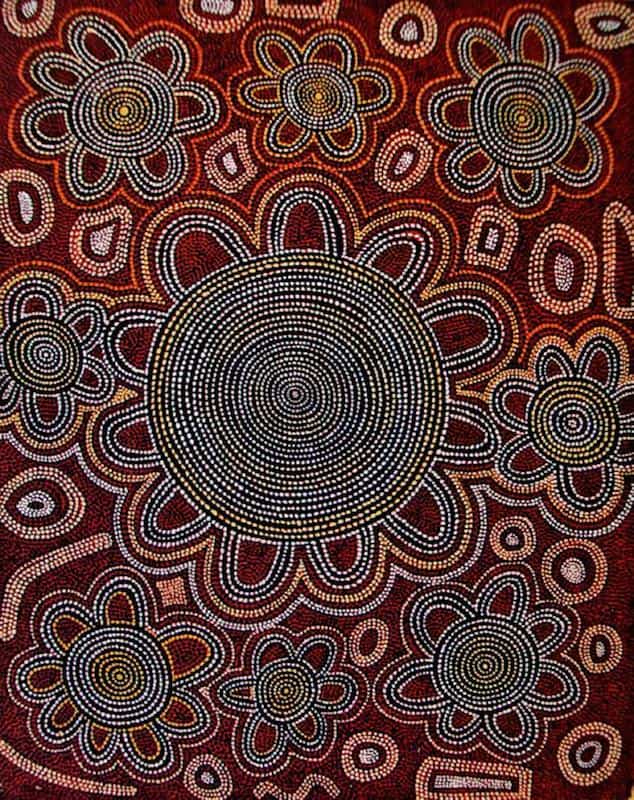
Later Art
One of these joint artworks made it into Australian Perspecta in 1981. This was an important moment in the legitimization of Western Desert painting by the art establishment. It caused international interest and became a catalyst for a re-appraisal of the identity of Australian art. West campaigned strongly within the Pintupi community for his clansmen to leave Papunya. He felt they should return to their traditional country in the west. In 1981 he leads 300 Pintupi people back west and set up the community of Kintore. In 1984 he helped with the establishment of another settlement called Kiwirrkurra. He lived in Kiwirrkurra for most of the rest of his life. He died in 1994 and had 15 children. Freddy West was also called by his tribal name Tjukurti TjakamarraAll images in this article are for educational purposes only.
This site may contain copyrighted material the use of which was not specified by the copyright owner.
Early Papunya Artworks and Articles
Meaning of Freddy West Tjakamarra Paintings
